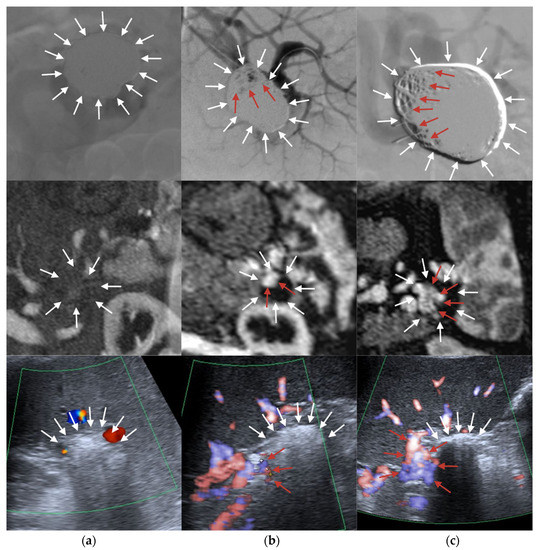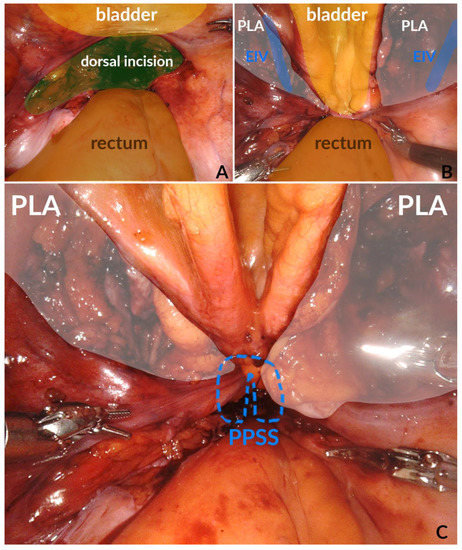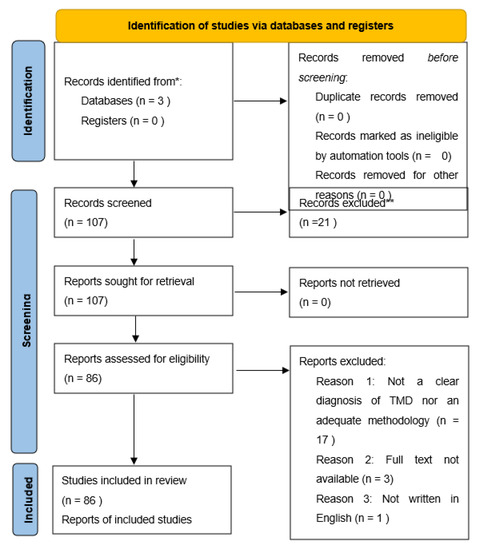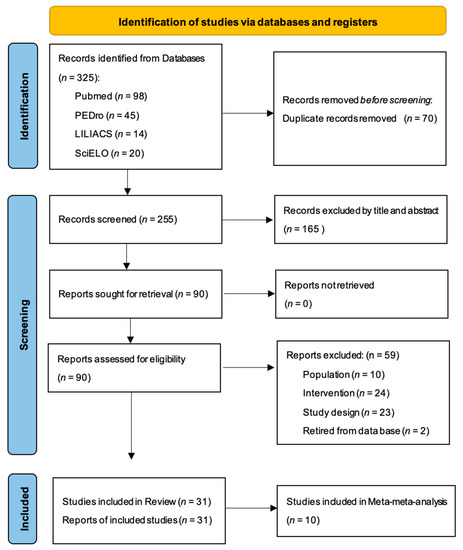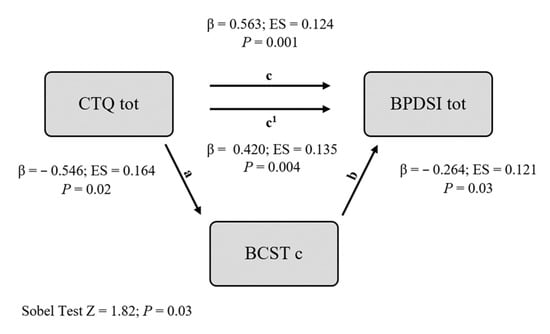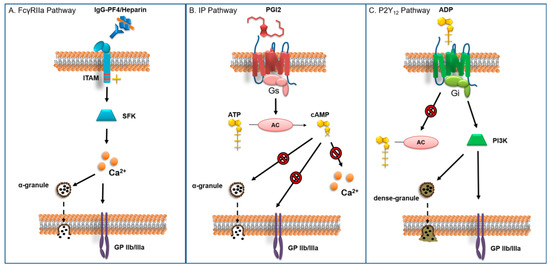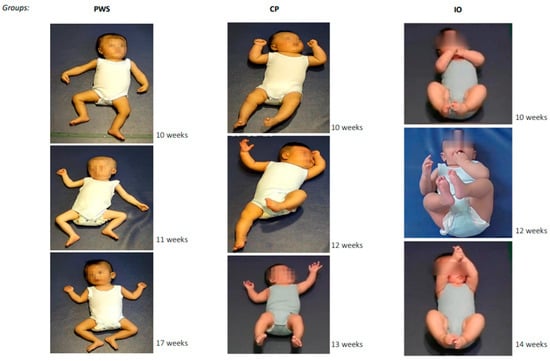1
HP2 Laboratory, INSERM U1300, Grenoble Alpes University, CHU Grenoble Alpes, 38400 Grenoble, France
2
Department of Anesthesia and Critical Care, Grenoble Alpes University Hospital, 38043 Grenoble, France
3
Department of Pulmonology, University Hospital Zürich, 8091 Zurich, Switzerland
4
Swiss-Kyrgyz High-Altitude Medicine and Research Initiative, 8091 Zurich, Switzerland
5
Swiss-Kyrgyz High-Altitude Medicine and Research Initiative, Bishkek 720040, Kyrgyzstan
6
Department of Respiratory Medicine, National Center for Cardiology and Internal Medicine, Bishkek 720040, Kyrgyzstan
7
Centre for Heart, Lung and Vascular Health, School of Health and Exercise Sciences, University of British Columbia Okanagan, Kelowna, BC V1V 1V7, Canada
†
These authors contributed equally to this work.
J. Clin. Med. 2023, 12(3), 795; https://doi.org/10.3390/jcm12030795 - 19 Jan 2023
Cited by 3 | Viewed by 2447
Abstract
Investigation of pulmonary gas exchange efficacy usually requires arterial blood gas analysis (aBGA) to determine arterial partial pressure of oxygen (mPaO2) and compute the Riley alveolar-to-arterial oxygen difference (A-aDO2); that is a demanding and invasive procedure. A noninvasive approach
[...] Read more.
Investigation of pulmonary gas exchange efficacy usually requires arterial blood gas analysis (aBGA) to determine arterial partial pressure of oxygen (mPaO2) and compute the Riley alveolar-to-arterial oxygen difference (A-aDO2); that is a demanding and invasive procedure. A noninvasive approach (AGM100), allowing the calculation of PaO2 (cPaO2) derived from pulse oximetry (SpO2), has been developed, but this has not been validated in a large cohort of chronic obstructive pulmonary disease (COPD) patients. Our aim was to conduct a validation study of the AG100 in hypoxemic moderate-to-severe COPD. Concurrent measurements of cPaO2 (AGM100) and mPaO2 (EPOC, portable aBGA device) were performed in 131 moderate-to-severe COPD patients (mean ±SD FEV1: 60 ± 10% of predicted value) and low-altitude residents, becoming hypoxemic (i.e., SpO2 < 94%) during a short stay at 3100 m (Too-Ashu, Kyrgyzstan). Agreements between cPaO2 (AGM100) and mPaO2 (EPOC) and between the O2-deficit (calculated as the difference between end-tidal pressure of O2 and cPaO2 by the AGM100) and Riley A-aDO2 were assessed. Mean bias (±SD) between cPaO2 and mPaO2 was 2.0 ± 4.6 mmHg (95% Confidence Interval (CI): 1.2 to 2.8 mmHg) with 95% limits of agreement (LoA): −7.1 to 11.1 mmHg. In multivariable analysis, larger body mass index (p = 0.046), an increase in SpO2 (p < 0.001), and an increase in PaCO2-PETCO2 difference (p < 0.001) were associated with imprecision (i.e., the discrepancy between cPaO2 and mPaO2). The positive predictive value of cPaO2 to detect severe hypoxemia (i.e., PaO2 ≤ 55 mmHg) was 0.94 (95% CI: 0.87 to 0.98) with a positive likelihood ratio of 3.77 (95% CI: 1.71 to 8.33). The mean bias between O2-deficit and A-aDO2 was 6.2 ± 5.5 mmHg (95% CI: 5.3 to 7.2 mmHg; 95%LoA: −4.5 to 17.0 mmHg). AGM100 provided an accurate estimate of PaO2 in hypoxemic patients with COPD, but the precision for individual values was modest. This device is promising for noninvasive assessment of pulmonary gas exchange efficacy in COPD patients.
Full article
(This article belongs to the Section Respiratory Medicine)
▼
Show Figures



